Thomas Jefferson is one of the most influential of America’s founding fathers. Primary author of the Declaration of Independence, Governor of Virginia and later third President of the United States who also orchestrated the Louisiana Purchase expanding the fledgling nation to the Pacific Ocean. This progressive thinker and architect of the government of the United States was not without his flaws; the great paradox of Thomas Jefferson is that the man who drafted the words “All men are created equal” owned over 200 enslaved men and women. He made his home just outside of Charlottesville, Virginia at Monticello; where today a visit shares the fascinating story of Thomas Jefferson, his family and the enslaved people that lived there.
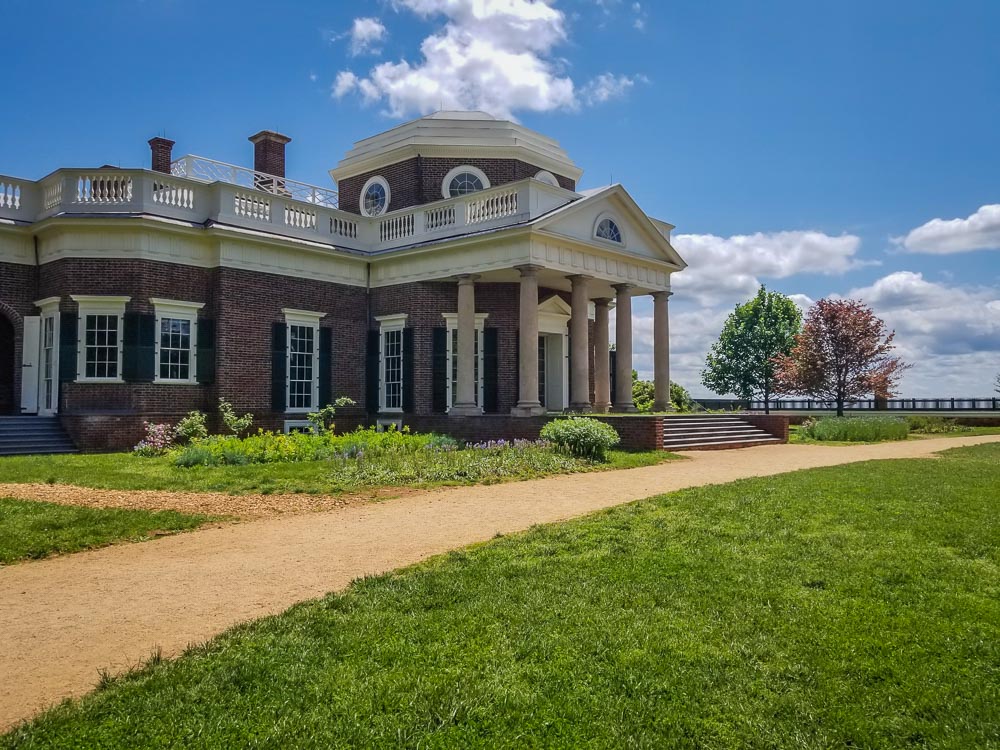
This post contains affiliate links, when you make a purchase or book a hotel through these links the Casual Travelist receives a small commission that helps support this site at no additional cost to you.
Monticello is a 10 minute drive from downtown Charlottesville and just over an hour from downtown Richmond making it a popular stop from either city. A guided tour is required when visiting Monticello and tours are based on the time printed on your ticket. I highly recommend making reservations for your tour online prior to your visit, especially on weekends or holidays as waits can be up to 3 hours or more for walk up tickets on busy days.
Great Places to Stay in Charlottesville
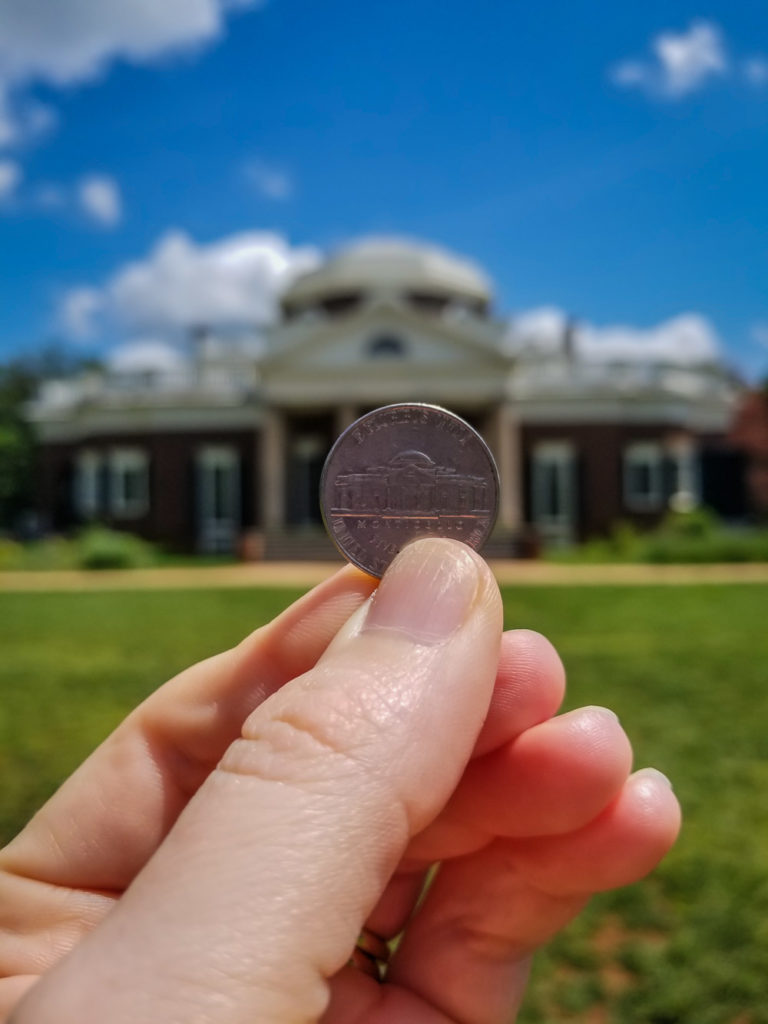
Arriving at Monticello the first stop for everyone is the visitor center, where you can pick up your reserved tickets at will call or purchase tickets. The visitor center also has a cafe, a gift shop and the Robert H. and Clarice Smith Gallery which features a changing roster of Jefferson related exhibits. From the visitor center you can reach Monticello by shuttle bus (which also has a wheelchair lift for visitors with accessibility concerns) in 10 minutes or a trail that take you past Thomas Jefferson’s grave (25 minute walk).
Once at the top of Monticello we were free to wander around the grounds until it was time for our home tour (it’s recommended that you get in line for your timed tour at least 5 minutes early). It’s immediately evident why Thomas Jefferson chose this spot for his home, the views of the surround Blue Ridge mountains are simply breathtaking.
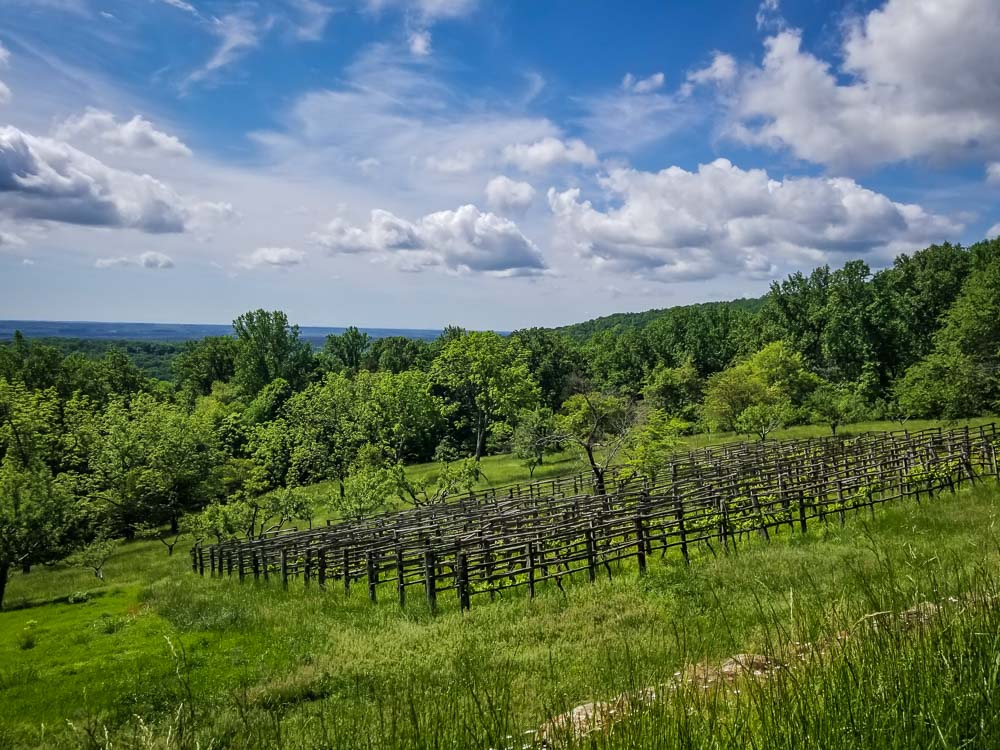
Jefferson designed Monticello himself this UNESCO World Heritage site took over 40 years to be completed. Jefferson’s appreciation of classical architecture is evident outside as well as inside. Throughout Monticello Thomas Jefferson displayed European art, maps of North America and Native American artifacts gifted from tribes during the Lewis and Clark expedition. Jefferson was also a voracious reader and his book collection became the foundation of what is now the Library of Congress. The docents who lead the home tours (many of whom have connections to the nearby University of Virginia) are extremely knowledgeable and engaging on all things Jefferson. The day pass tour focuses on the main living floor but a “Behind the scenes tour” is also offered which allows access to the second floor. After the house tour visitors are encouraged to tour the Crossroads Exhibit beneath the home which gives an overview of domestic life at Monticello.
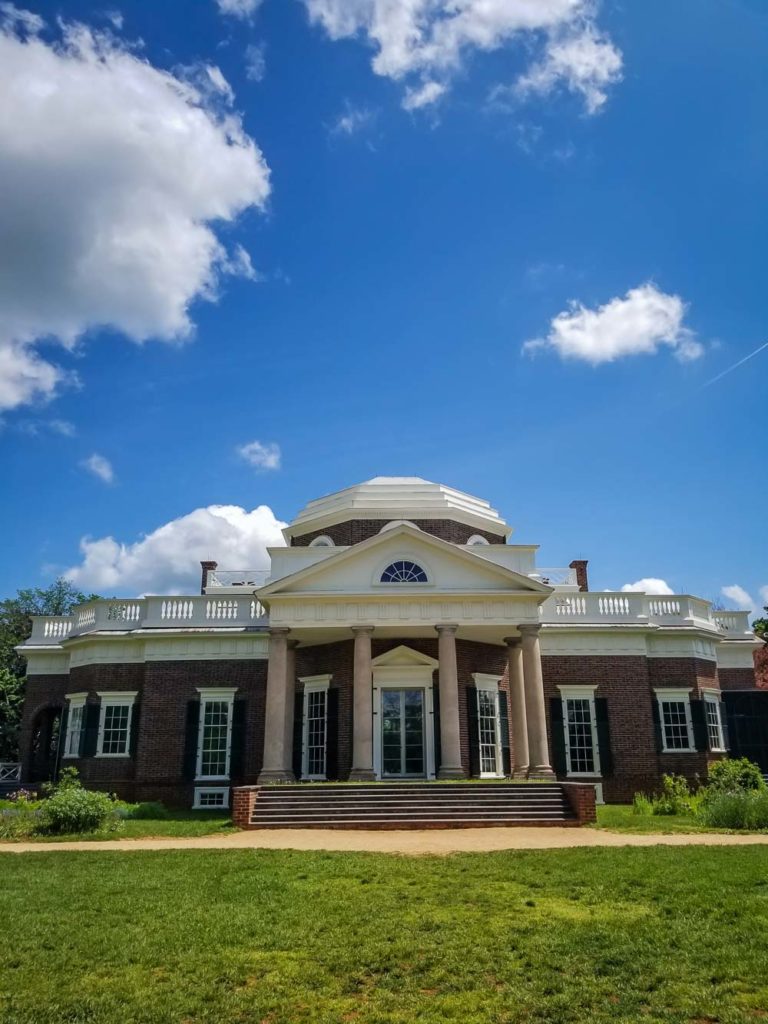
Included in the Monticello Day Pass are the Garden and Grounds Tour and the Slavery at Monticello Tour. Each of these guided tours are 45 minutes long and start on the hour and offer a more in depth look at life at Monticello.
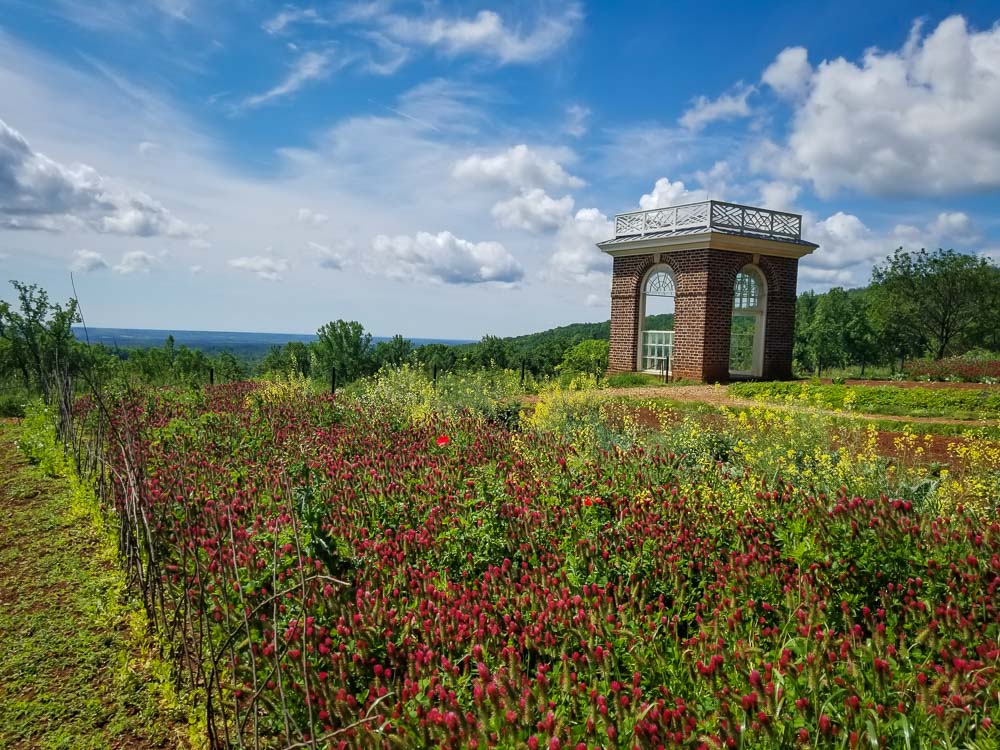
Jefferson had a keen interest in gardening and horticulture and his gardens were home to a wide variety of flowers, vegetables and fruit. The Garden Pavilion offers sweeping views of the surrounding countryside.

During Jefferson’s time Monticello was a working southern plantation and Monticello was built and run on the labor of over 200 enslaved people. Mulberry Row was the base of daily life at Monticello and where the enslaved people at Monticello lived and labored. Whether you explore the exhibits at Mulberry Row on your own or take the Slavery at Monticello guided tour I think that Monticello does a good job at sharing the important story of the enslaved workers ( including Sally Hemings, who negotiated emancipation for her four children fathered by Jefferson in exchange for returning to enslavement after traveling to France) and the harsh realities of their life.
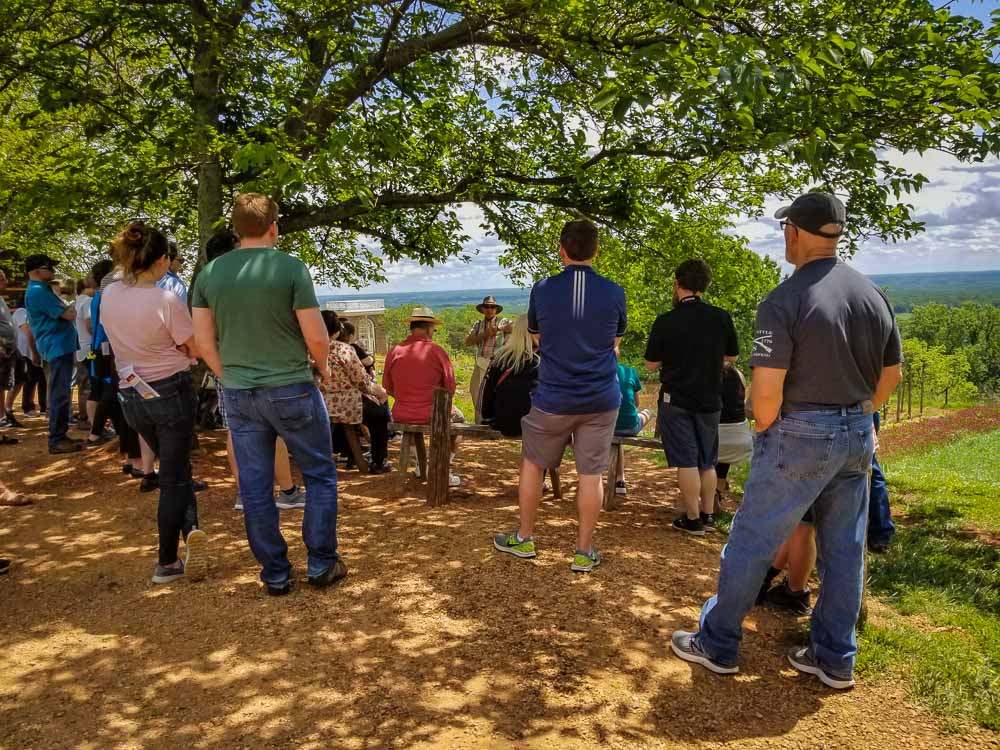
A visit to Monticello shows the paradox of the early United States. It’s here where the best ideals of a fledgling nation claiming it’s own independence and the dark realities of life during this time.
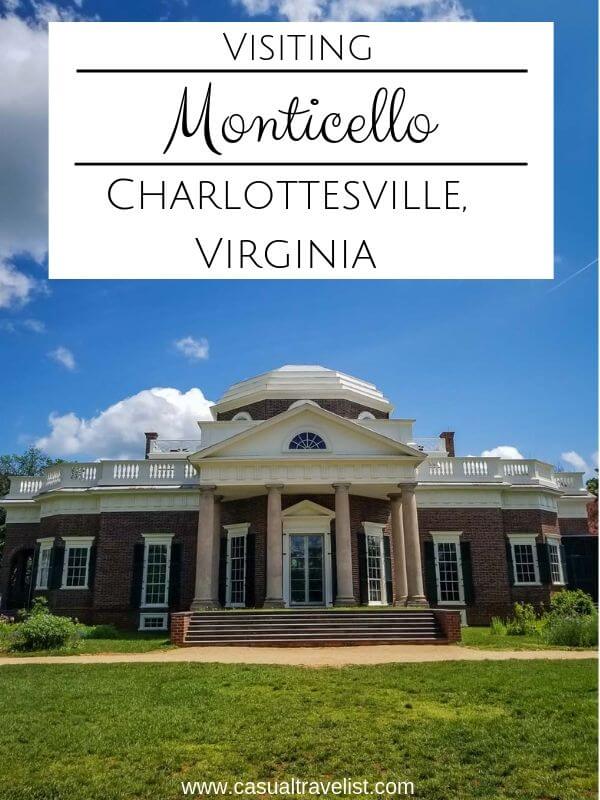

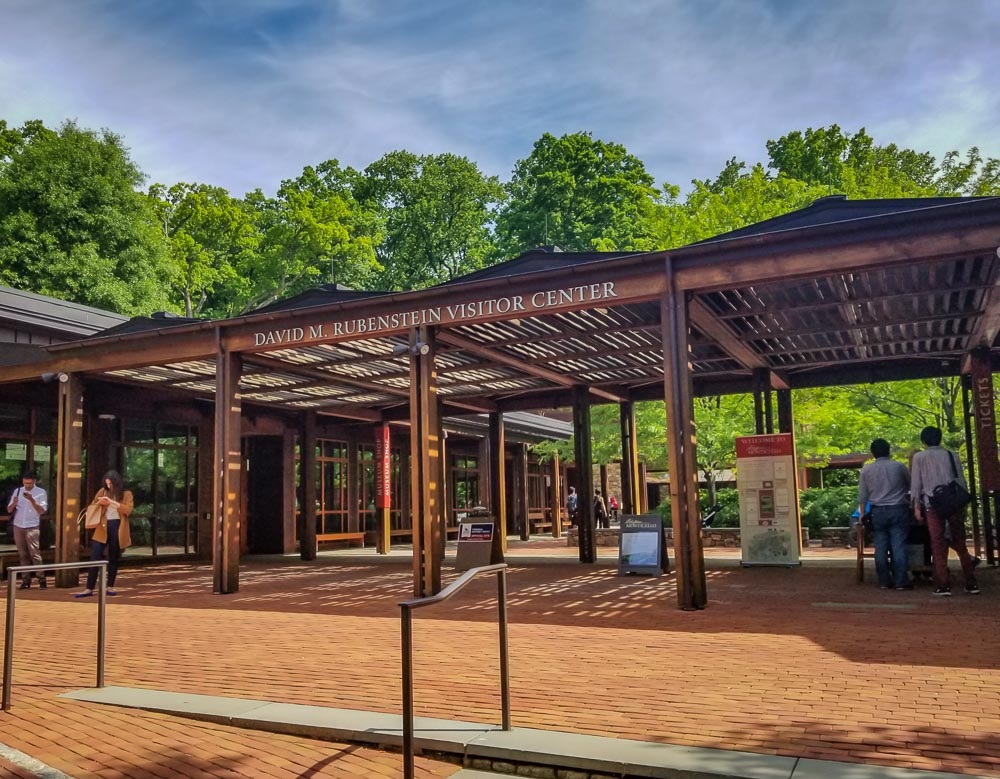
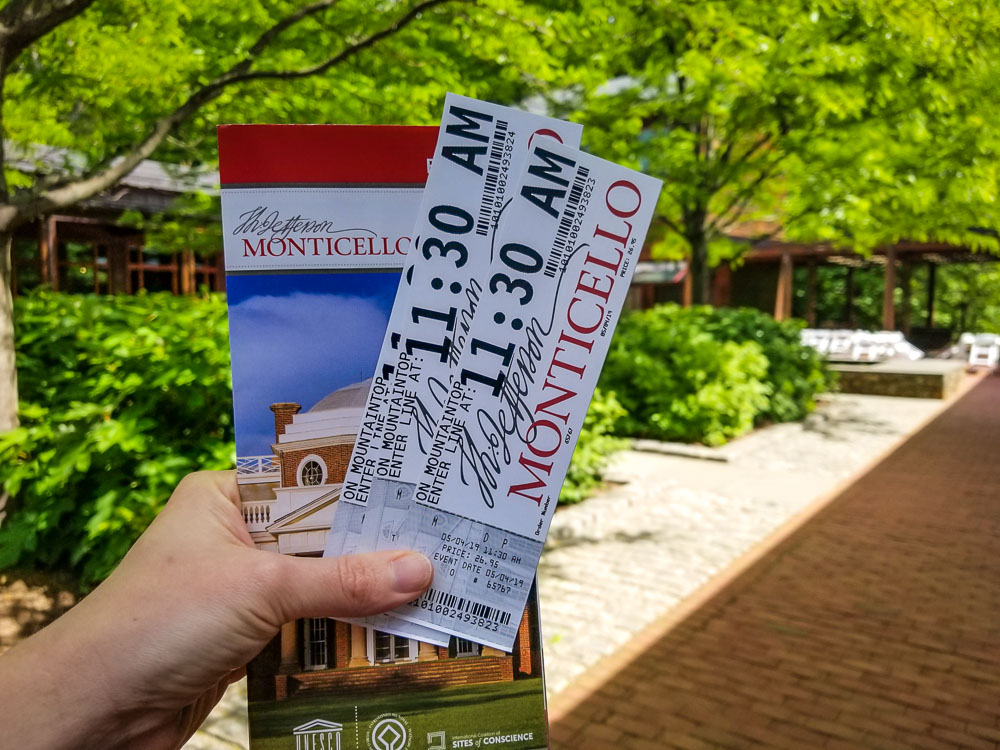
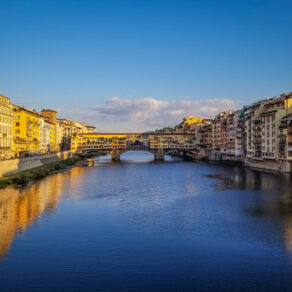

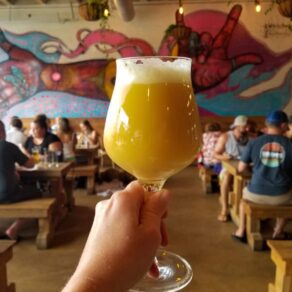
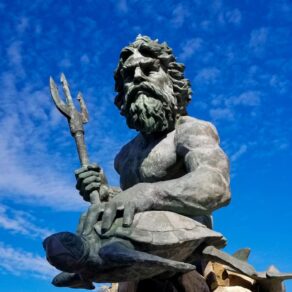
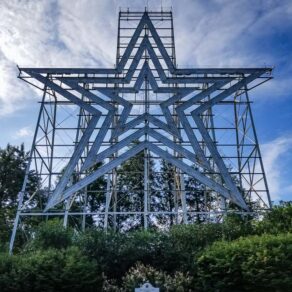
Andi says
I went to Monticello when I lived in Virginia in middle school – it has remained my favorite Presidential home! I do need to go back and see it again because that has been more than 30 years and I’d like to see how they do the tour now!